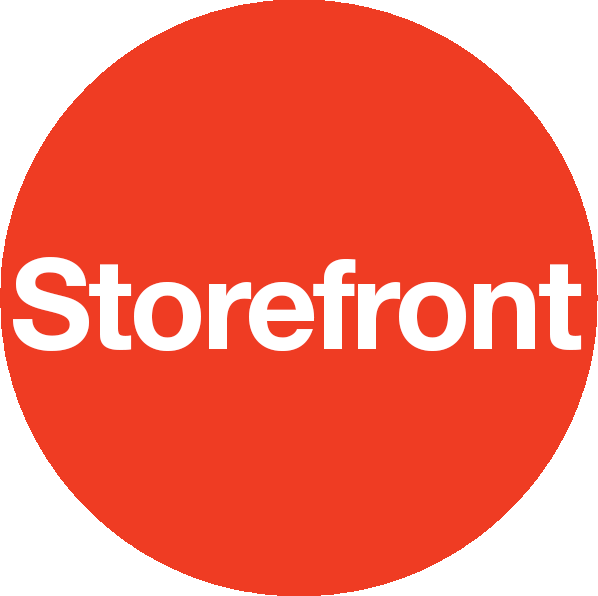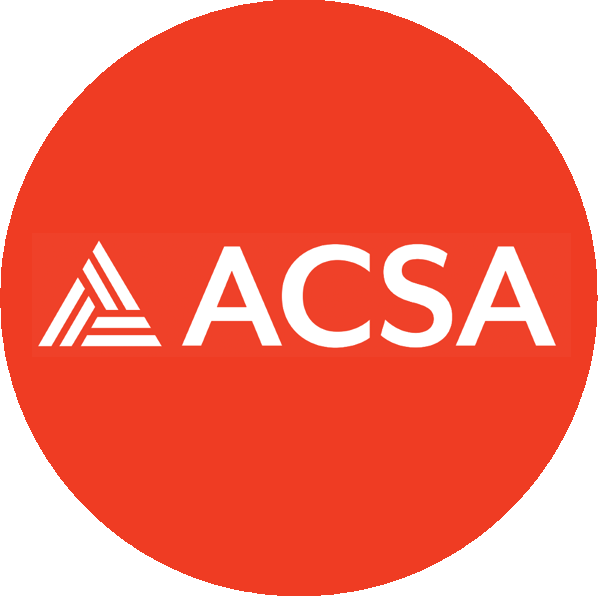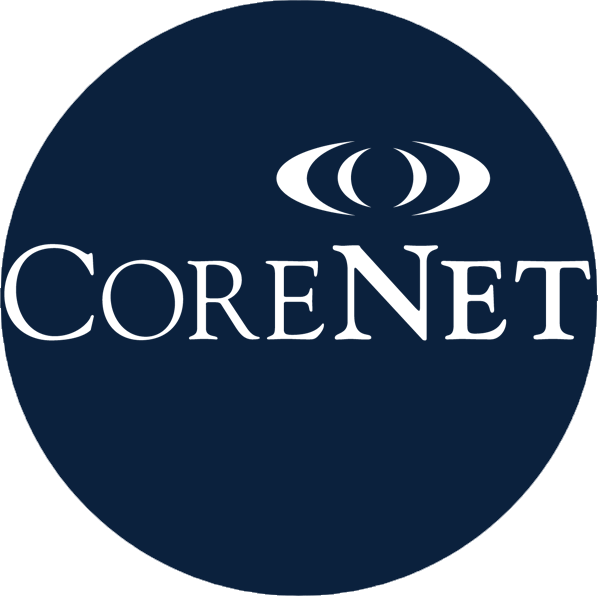The Good, the Bad, and the Passing Grade
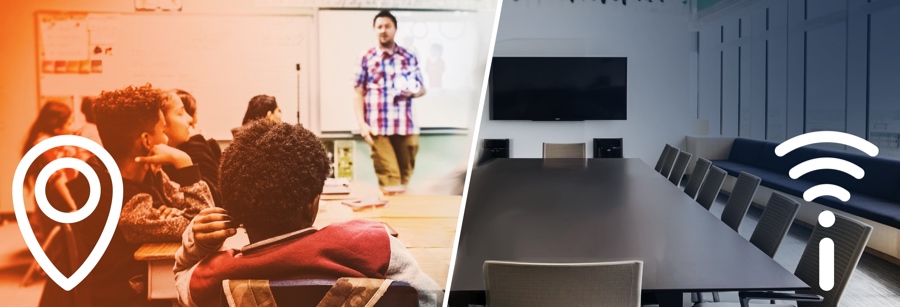
What Can Online Education Teach Us About Remote Work?
These days “back to school” means back to a physical classroom full of peers, rather than a video screen—a fact both students and educators are celebrating. For some of us, it’s also back to the office, which folks seem much less excited about. So why have we loved working online but hated learning online? And what parts of “remote” haven’t worked for anyone? We parse it out in On Our Minds.
On our minds
Nearly every study shows that we love the flexibility of remote work. We like having our private bathrooms, cozy pants, and coffee breaks with pets. We don’t want to return to expensive commutes and stale lunches, distracting workspaces or unchecked micro-aggressions.
By comparison, online education has been less successful. Students have felt isolated and disengaged. They've fallen behind, often without anyone noticing, and their mental health has suffered, with anxiety and depression skyrocketing.
Frankly, the “educational” components of the workplace haven’t fared much better. Things like onboarding and mentoring have been bumpy in the digital realm.
But in this era of COVID and climate-related catastrophes, we must figure out how to make online-everything more effective. It’s about more than offering folks a choice about where they spend the largest chunk of their day. It’s about organizational resiliency because we could suddenly be stuck at home — or far from home—anytime, driven by an infinite number of reasons.
A recent study found that remote work increases the productivity of senior employees but reduces the amount of feedback junior employees, and particularly females, receive. Junior employees are also missing out on chance interactions, like bumping into a C-suiter in a hallway, having an impromptu conversation that could shape their performance and strengthen their network. These interactions are especially important for systematically-marginalized workers, who have not had the same opportunities as their white male counterparts to build professional relationships in other settings.
But marginalized workers (including differently-abled and neurodivergent folks) place the highest value on remote work, due to disproportionately shouldering caregiver burdens and dealing with harassment and discrimination. This means mandates are likely to broaden the disparity that already exists in the workforce, by offering more opportunities to workers who self-select to work in-office, workers who make this choice because they have the luxury and privilege to do so. Because the office has always been designed primarily to benefit them.
Offices and classrooms share some overlapping needs: clear communication and instruction, accessibility and safety, peer interaction, and flexible systems for support. Although we’ve heard a lot about how online education hasn’t worked, certain educators (particularly those trained in online pedagogy) have had remarkable success transitioning their students. So, team leaders, get out your No. 2 pencil (or stylus and tablet) and take notes! Instead of penalizing employees who can’t or won’t work in-office, why don’t we bolster the weak areas of remote work, which would increase equity and accessibility in the workplace?
The nonprofit Next Gen Learning researched 70 schools and districts as they moved online back in spring of 2020. The most successful schools had some things in common.
Rather than adopting a “top-down, systemic” approach to policy, these schools gave teachers and students flexibility to adapt quickly, in order to address the needs of their particular classroom. This distributed agency allowed educators to focus on making sure that students were equipped to do their best, whatever that looked like. In the workforce, nearly every senior worker bears the responsibility of the worker(s) directly under them. By giving direct supervisors freedom to determine what’s best for their team, and team members a safe space to say how they work best, without worrying about career repercussions, savvy organizations are embedding direct mentoring and communication in their overall infrastructure. This communication and consideration help employees take ownership of their own choices; when they need more support and clarification, they’re more likely to ask, which preserves efficiency overall.
Across the board, schools that did well during COVID had person-first cultures that focused on relationship-building. Meanwhile, remote workers have consistently reported a downside: workplace culture and relationships are harder to maintain. The same worker who enjoys agility may miss getting to know coworkers. And - back to that mentoring thing - weaker relationships mean less supervision, which can be intimidating and anxiety-inducing early into a career or a new position.
Rather than a one-size-fits-all get-back-here-now policy, try an employee-tailored approach. Maybe a small group of employees comes in once a week to meet with their direct team and supervisor. Or perhaps a supervisor offers something like “office hours;” a standard time each week that they will be available to meet face-to-face (or perhaps on Zoom), with any employee who shows up. If you work in customer service, allow an employee to request a “supervised” day, in which they work (likely in-office) with their supervisor present, so that they can receive notes on performance. If this tailored approach is paired with strong one-on-one digital communication, this could build the relationships and self-confidence that are critical to career progression, and it will also help managers see and value the contributions, progress and initiative of all employees, remote or not.
The most successful remote educators (as well as the most successful remote team leaders) offer clear expectations, goals and deadlines, and reiterate these things in multiple platforms (verbally, via email and apps, etc.) This communication should come at regular, expected intervals, so that everyone knows how to find the instructions they need to do their job. This also helps formalize the tone of digital communications, which can sometimes be misinterpreted, since humor and sarcasm don’t translate well.
Finally, redirecting physical infrastructure funds towards increased tech support can lessen frustration when things get glitchy. If business leaders channel energy into making remote work better, rather than forcing unwilling workers to return to a physical office, we’ll all benefit from more resilient and efficient workplaces.
From the archives
Our lives are dictated by rhythms. For some of us (even beyond school-aged), September means a fresh start. Two Septembers ago, we talked about how offices need to be more in sync with their employee’s rhythms. Fall is also a season that revolves around coziness, creature-comforts, and nostalgia. In previous falls, we’ve discussed how places shape memory and why architects should consider all our senses. Speaking of learning, in 2013 an AIA event organized by PLASTARC founder Melissa Marsh posed the question, “Is Social Media the MOOC of our Profession?”
While we’re taking it back, in 2017 readers of The Guardian newspaper created this playlist about reading, writing, and arithmetic. Hope you find it educational! Cheers to lifelong learning and growing, whether you’re doing it in an office, a classroom, from the side of a mountain, or from your living room couch.
In Case You Missed It
If you weren’t at your most focused last month, catch up here. (Hey, when you combine an epic heatwave with the pleasant haze of long summer days, it happens!)
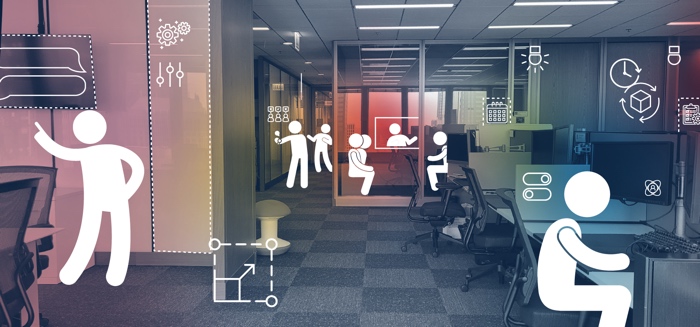
Engaging with Workers in Whole New Ways
After building a Workplace 2030 platform focused on employees, the GSA was ready to pilot these new environments, technologies, and unique work support systems. PLASTARC provided customized, implementable recommendations along with a plan for testing and learning.
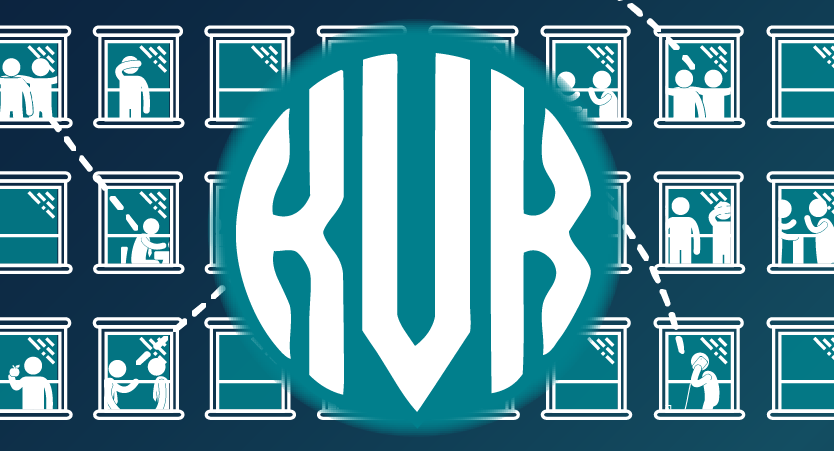
Missing our Renaissance Man
Artist, singer, poet, linguist and scholar, Kevin V. Kelly was a talented architect and trusted client-friend to PLASTARC. An industry thought-leader, he worked in Saudi Arabia early in his career. In 1989, he started at the US GSA passionately contributing to the design of both childcare and offices designs, until retiring last year.
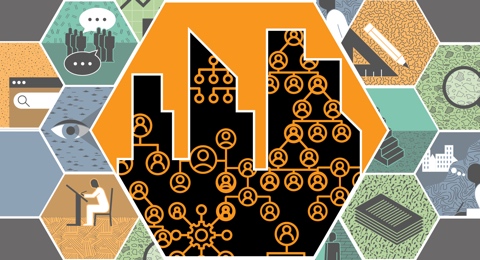
Designing Orgs for Making Better Buildings
Does your firm’s organization reflect its values? If you missed this AIA event on progressive business models, radical transparency and flexibility in work-culture, this coverage will catch you up.

The Shortest Season
Culturally, Labor Day marks the end of summer in the US. Why, when temperatures are still sweltering and there are still weeks before the fall equinox, do we end this seductive season so soon?
Looking Ahead
Big things are happening. Here are some events on our radar.


